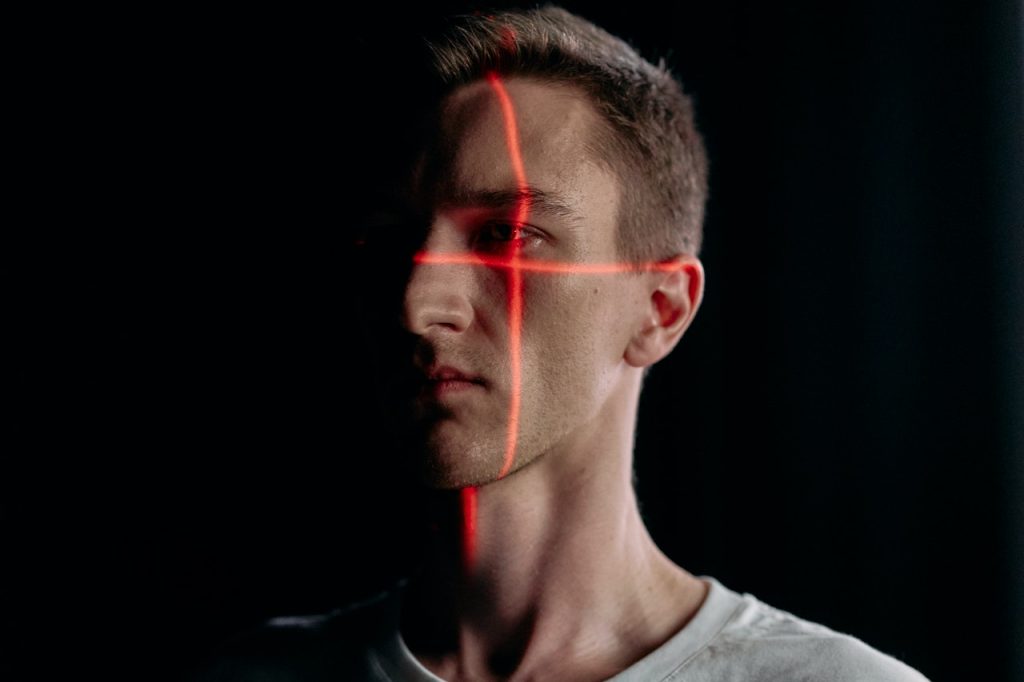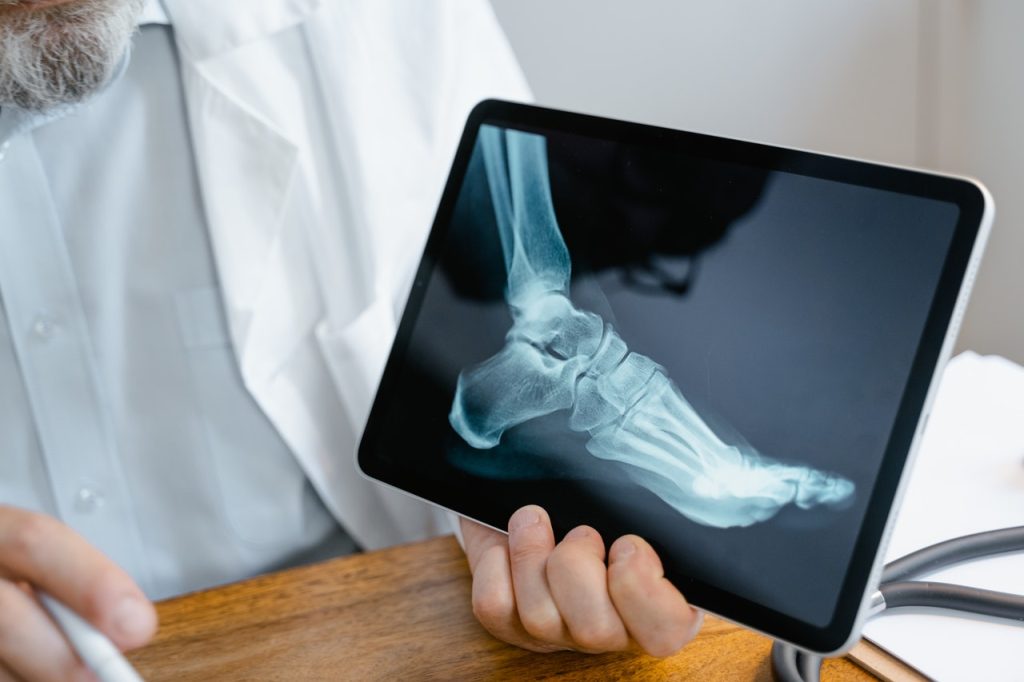Maternal Phthalates Exposure Increases Preterm Birth Risk

A National Institutes of Health study has found that pregnant women who were exposed to multiple phthalates during pregnancy had an increased risk of preterm birth. The most significant correlation was for a phthalate most commonly used in nail polish and cosmetics.
Used in a great variety of products such as cosmetics and food packaging, phthalates are endocrine-disrupting chemicals that are known to have a wide range of health effects on humans. This especially true of children, due to their impact on the developmental system, as well as the reproductive system.
Researchers analysed data from more than 6000 pregnant women in the US, and found that women with higher concentrations of several phthalate metabolites in their urine had increased risks of preterm birth.
“Having a preterm birth can be dangerous for both baby and mom, so it is important to identify risk factors that could prevent it,” said epidemiologist Kelly Ferguson, PhD, the senior author on the study published in JAMA Pediatrics.
Data from 16 US studies that included individual participant data on prenatal urinary phthalate metabolites (representing exposure to phthalates) as well as the timing of delivery. Researchers analysed data from a total of 6045 pregnant women who delivered between 1983-2018, 9% of whom delivered preterm. Phthalate metabolites were detected in more than 96% of urine samples.
Exposure to four of the 11 phthalates found in the pregnant women was associated with a 14–16% greater probability of having a preterm birth. The most consistent findings were for exposure to a phthalate that is used commonly in personal care products like nail polish and cosmetics.
Using statistical models to simulate interventions that reduce phthalate exposures, the researchers found that reducing the mixture of phthalate metabolite levels by 50% could prevent preterm births by 12% on average. Interventions targeting behaviours, such as trying to select phthalate-free personal care products (if listed on label), voluntary actions from companies to reduce phthalates in their products, or changes in standards and regulations could contribute to exposure reduction and protect pregnancies.
“It is difficult for people to completely eliminate exposure to these chemicals in everyday life, but our results show that even small reductions within a large population could have positive impacts on both mothers and their children,” said Barrett Welch, PhD, first author on the study.
Eating fresh, home-cooked food, avoiding processed food that comes in plastic containers or wrapping, and selecting fragrance-free products or those labeled ‘phthalate-free’, are examples of things people can do that may reduce their exposures. Changes to the amount and types of products that contain phthalates could also reduce exposures.
The researchers are undertaking further studies to better understand the mechanisms behind how phthalates affect pregnancy and to find ways for mothers to reduce their exposures.
Source: National Institutes of Health








